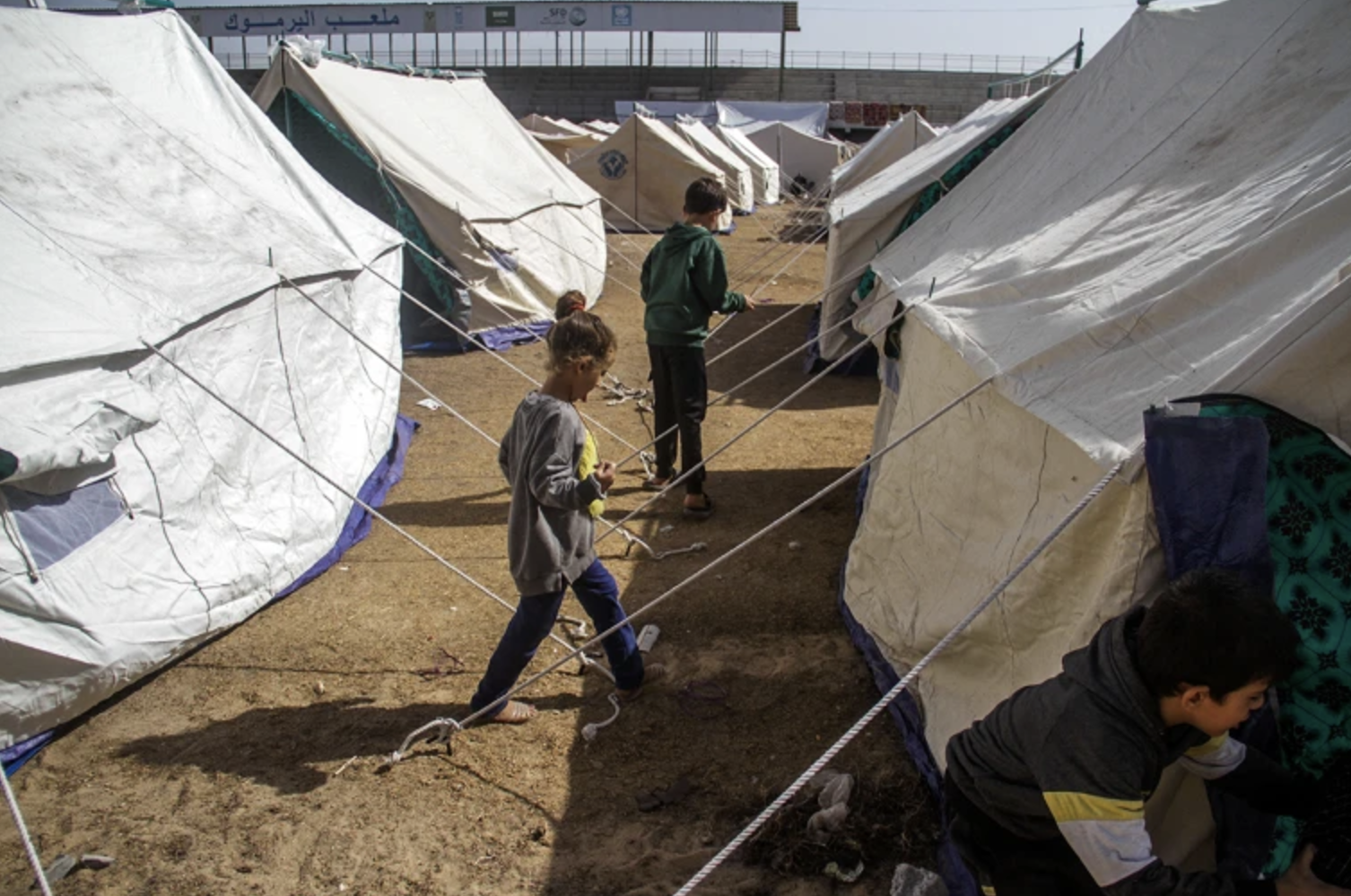A new article published in Nature highlights the stark disparities in global attention and resources allocated to internally displaced people (IDPs) compared to cross-border refugees, despite the dire health challenges they face. The piece by David Cantor, Bayard Roberts, and Jina Swartz sheds light on the urgent need for international and national stakeholders to address this neglected crisis.
By the end of 2023, an estimated 68 million people were displaced within their own countries due to armed conflicts and violence, surpassing the 43 million refugees who had fled across borders. Despite this, international health aid for IDPs remains disproportionately low. Between 2010 and 2019, per capita health aid for IDPs decreased from USD 5.34 to USD 3.72, compared to a rise in aid for refugees, which reached USD 23.31 per capita in 2019.
The health challenges of IDPs are multifaceted and severe. Studies have shown that mortality rates among IDPs often surpass those of non-displaced populations and refugees, driven by diseases like malaria, malnutrition, and diarrheal illnesses. Structural factors such as destroyed infrastructure, weakened health systems, and legal barriers to accessing services exacerbate these issues.
The article also emphasizes that current global frameworks inadequately address the health needs of IDPs. While the 1951 Refugee Convention outlines clear responsibilities for refugee protection, IDPs are often overlooked despite having formal legal rights under national laws and international guidelines such as the UN’s Guiding Principles on Internal Displacement. Institutions like the World Health Organization (WHO) and broader humanitarian systems have yet to develop specific strategies or allocate sufficient resources to address these disparities.
Recent initiatives offer a glimmer of hope. In 2022, UN Secretary-General António Guterres launched the UN Action Agenda on Internal Displacement, and the Health and Internal Displacement Network (HIDN) has begun promoting research and interventions tailored to IDPs. However, the authors urge further action, including better integration of IDP health needs into national universal health coverage plans, increased funding from international donors, and community-led data collection efforts to improve service delivery.
The article calls for a holistic approach that combines health interventions with broader humanitarian efforts to address water, sanitation, and livelihood challenges. Without decisive action, the health inequities faced by IDPs will continue to fuel preventable deaths and broader societal costs.
For more detailed insights, the full article can be read on Nature.


